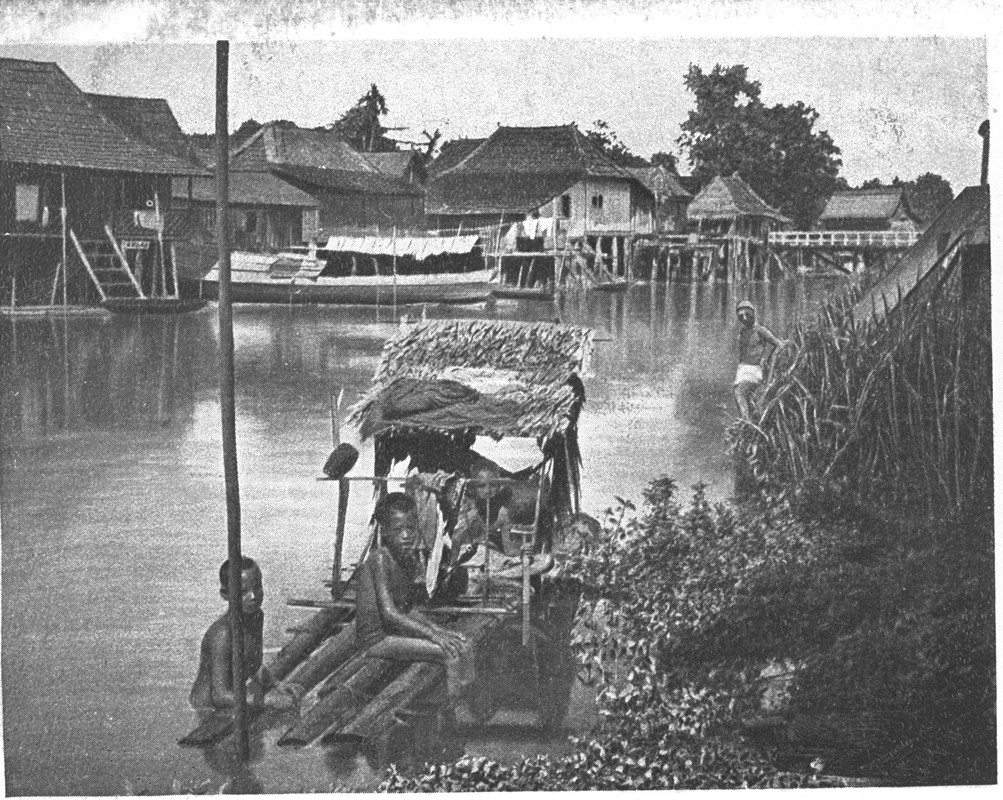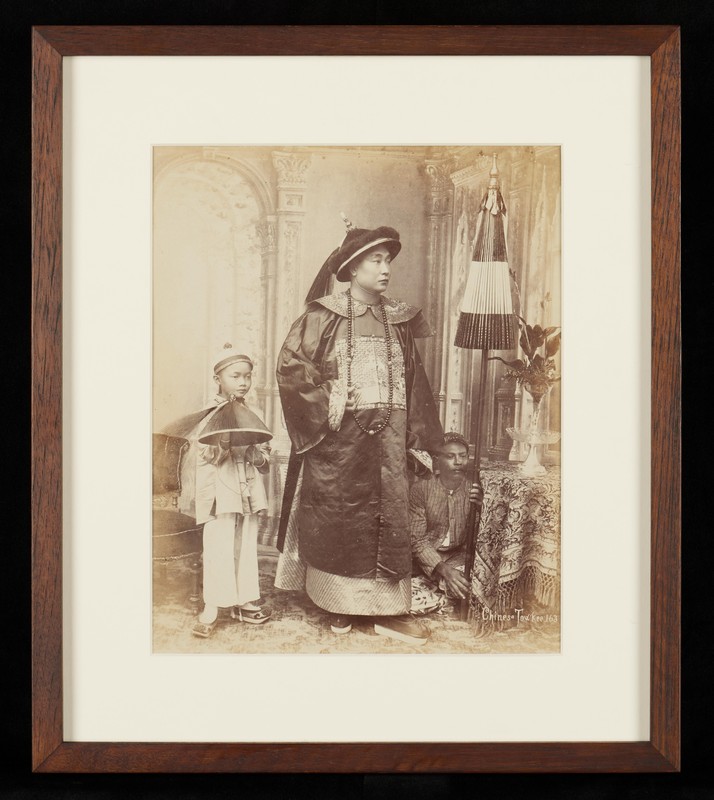Schools founded by Hakka in Singapore
After Stamford Raffles (1781–1826) founded modern Singapore, he adopted policies which granted special privileges to merchants, protecting their interests at every turn. In addition, the merchant class was hailed as the backbone of Singapore society.1 This gave the Chinese who had migrated to Singapore in search of a better life access to business opportunities that were different from those in China.
Under the policies of the colonial government, some of the Chinese who engaged in business gradually formed a wealthy class, and these included Hakka businessmen. With their newfound influence, some Hakka businessmen strived to become leaders of their own ethnic group in order to facilitate their entry into the upper echelons of society. To achieve this goal, these businessmen had to make some form of contributions to their ethnic group, which included establishing clan associations to take care of fellow villagers and setting up schools. This close relationship between businessmen, clan associations, and schools, in which the businessmen played a central role, became a unique feature of the Chinese community.
Yin Sin School, a pioneer in modern education
One example is the Ying Fo Fui Kun, which was established in 1822. In line with its focus on educating the children of clansmen, the clan association’s leaders set up Yin Sin School on 5 May 1905. Modelled after Western education systems, it was one of the earliest modern schools in Singapore. Reformists and revolutionaries in China had travelled to Southeast Asia and the United States during the late Qing dynasty to seek financial support. In the process, they also brought back new ideas on education, which influenced the Chinese community in Singapore. The new concepts rendered traditional private tutoring obsolete, and Western-style pedagogy became the subsequent model for educational endeavours such as Yin Sin School.
Its founders included Ying Fo Fui Kun’s board of directors such as Huang Yunhui (1865–1926), Zhong Xiaoting (birth and death years unknown), and Tang Xianglin (unknown–1940s). The school adopted new standards in teaching methods and textbooks, with all expenses apart from tuition fees covered by donations from the directors and board members of the clan association.2
The school was initially established on Loke Yew Street. After receiving feedback from many parents that the area was not accessible via public transport, the board of directors decided to relocate the school to the premises of Ying Fo Fui Kun at Telok Ayer Street (commonly known as Guan Soon Street) on 21 August 1905.
Yin Sin School’s development suffered a setback during World War II. With the support of the clan association’s leadership and the wider community, the school was rebuilt after the war. However, changes in government education policies in the early 1960s led to a decline and eventual depletion in student enrollment. As a result, the school announced its closure in 1970.

How Qifa Primary School came to be
Khee Fatt School was established in 1906. To give children of clansmen a modern education, leaders of Char Yong (Dabu) Association, including Liu Chunrong (birth and death years unknown), initiated fundraising efforts. They then rented a shophouse on Loke Yew Street and founded the school. Its opening ceremony took place on 1 November 1906, with just over 60 students.3 In 1911, in order to provide more space and equipment, Char Yong’s president, Lan Jingqing (birth and death years unknown), and other directors decided to add a third floor to the association’s building to serve as the school compound.
After World War II, to accommodate students who had missed schooling during wartime, the president of Char Yong (Dabu) Association, Chong Moong Seng (1900–1977), led the board of directors in expanding the school. But as education policies evolved in line with Singapore’s development, Khee Fatt School faced a fate similar to that of Yin Sin School.
In 1985, after consultations between the Khee Fatt School Board of Directors and the Ministry of Education, it was decided that the school would cease operations that year. The Ministry of Education then constructed a new school building at 50 West Coast Road, with a donation of $100,000 from the Char Yong (Dabu) Clan Association. The new school was named Qifa Primary School in appreciation of the donation from the Char Yong (Dabu) Clan Association. Leaders of the association were also invited to serve as members of the school’s Advisory Committee.
Yin Sin School and Khee Fatt School were both established by Hakka clan associations, and carried the responsibility of cultural and ethnic education in pre-independence Singapore.

This is an edited and translated version of 新加坡客家人的学校. Click here to read original piece.
| 1 | Lim How Seng, “Kaibu chuqi dexinhua shehui” (Early Chinese Society after the Opening of Singapore as a Port), in Xinjiapo huahse yu huashang, 8. |
| 2 | Lai Ah Keow, ed., Yinghe huiguan 190 zhounian qingdian ji disanjie shijie Jiaying tongxiang lianyi hui [190th Anniversary Celebration of the Ying Fo Clan Association and the Third World Ka Yin Association Convention] (Singapore: Ying Fo Clan Association, 2012), 99. |
| 3 | Editorial Committee of Khee Fatt School Magazine, Xingjiapo qifa xuexiaoxiaokan, 1. |
Choi, Kwai Keong. Xinma huaren guojia rentong de zhuanxiang, 1945–1959 [The change in national identity among Singapore and Malaysian Chinese, 1945–1959]. Singapore: South Seas Society (Singapore), 1990. | |
Editorial Committee of Khee Fatt School Magazine. Xingjiapo qifa xuexiao xiaokan [Singapore Khee Fatt School Magazine]. Singapore: Khee Fatt School, 1953. | |
Ho, Ping-ti. Zhongguo huiguan shi lun [History of Chinese clan associations]. Taipei: Student Book, 1966. | |
Lim, How Seng. Xinjiapo huashe yu huashang [Singapore Chinese community and entrepreneurs]. Singapore: Singapore Society of Asian Studies, 1995. | |
Yen, Ching-hwang. Haiwai huarenshi yanjiu [Studies in modern overseas Chinese history]. Singapore: Singapore Society of Asian Studies, 1992. |










